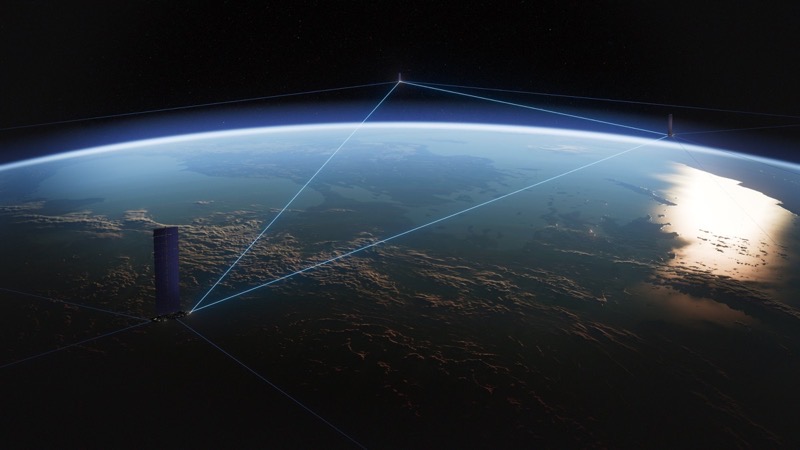
SpaceX Wants Lower-Orbit Starlinks to Boost Speeds
SpaceX has submitted a request to the Federal Communications Commission (FCC) to allow some of its second-generation Starlink satellites to orbit closer to Earth, aiming to enhance internet speeds and service quality.
The proposal, detailed in a recent FCC filing (via PC Mag), suggests positioning these satellites at altitudes between 340 and 360 kilometers, approximately 200 kilometers (124 miles) lower than their current orbits.
The initiative, announced on February 21, 2024, by SpaceX, is designed to improve the sustainability of space operations and the quality of service for a broad spectrum of users, including consumers, enterprises, and first responders. According to SpaceX, this adjustment in orbit will facilitate higher-quality, lower-latency satellite services, crucial for supporting real-time applications such as remote work, distance education, telehealth, and emergency response.
This request follows the FCC’s December 2022 authorization for SpaceX to deploy 7,500 second-generation satellites at altitudes of 525, 530, and 535 kilometers, aligning with the orbits of the first-generation satellites. However, SpaceX had previously expressed interest in operating some second-gen satellites at the lower 340-360 kilometer range.
SpaceX says that its second-generation satellites have exceeded performance expectations, particularly in launch and early orbit phases, where atmospheric drag is most significant. The company highlights that operating at lower altitudes not only promises speed enhancements but also reduces the risk of satellite collisions and simplifies the process of safely retiring satellites by de-orbiting them to burn up in the Earth’s atmosphere.
While the filing does not provide specific figures on the expected improvements in internet speed, SpaceX CEO Elon Musk has set a goal of reducing Starlink’s latency to under 20 milliseconds, emphasizing the company’s commitment to enhancing global internet connectivity through its satellite network.


